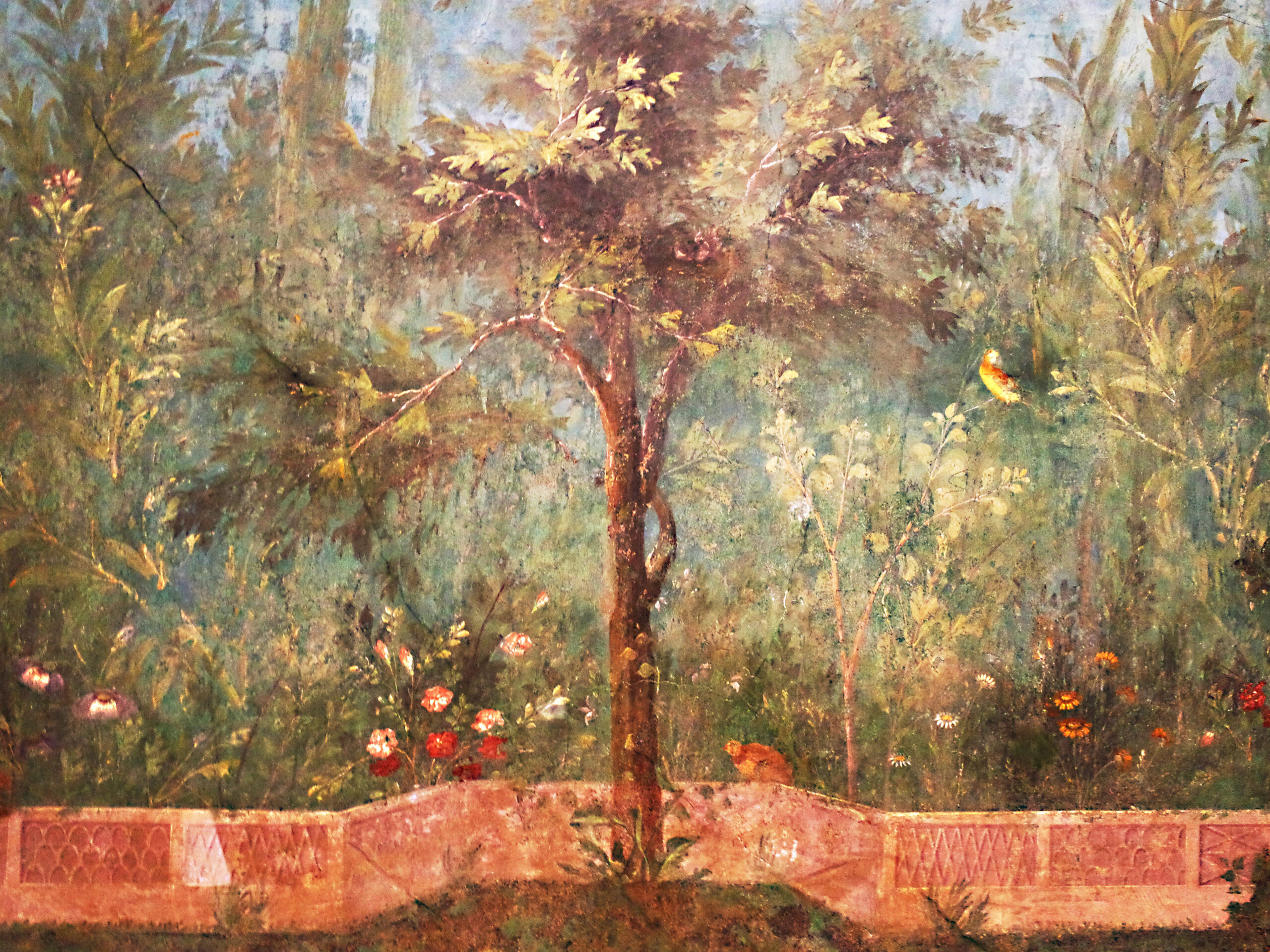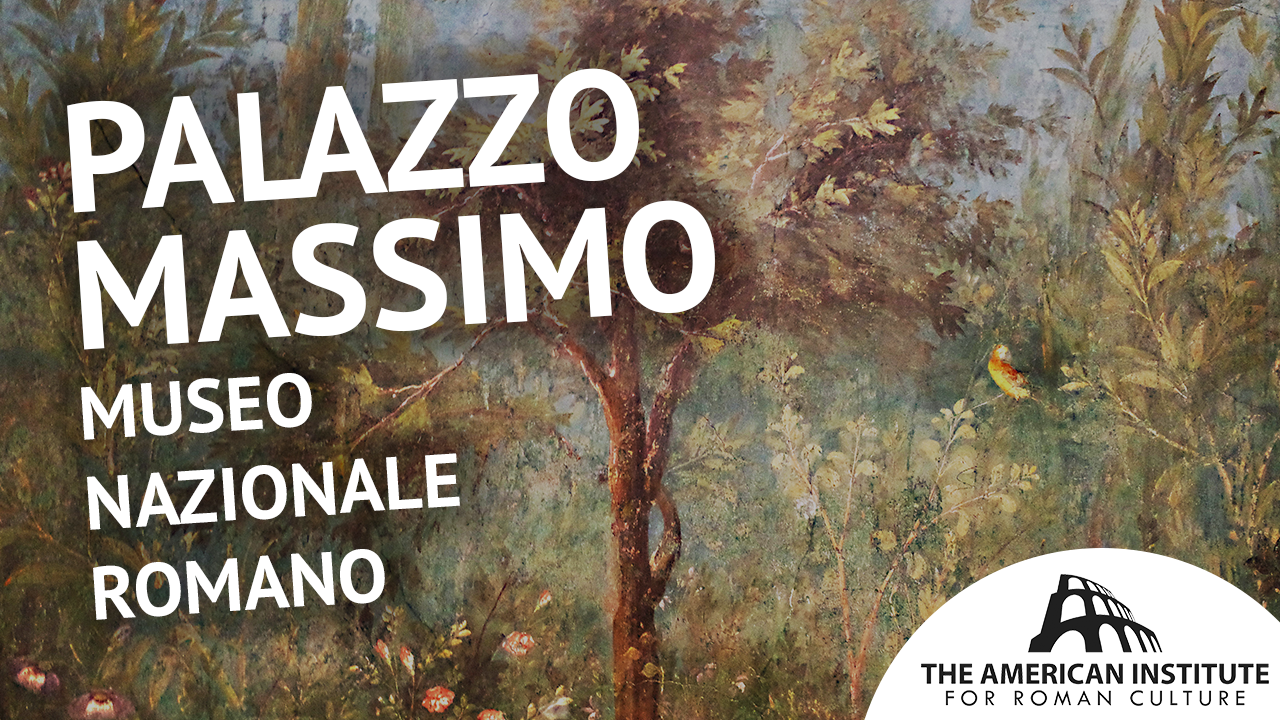Start with our video overview:
Palazzo Massimo alle Terme, part of the Museo Nazionale Romano in Rome, Italy, is a magnificent museum that showcases an extensive collection of ancient Roman art and artifacts. With its rich historical significance and remarkable exhibits, Palazzo Massimo provides visitors with a unique opportunity to delve into the world of ancient Rome.
Palazzo Massimo, built in the late 19th and early 20th centuries, was commissioned by Prince Massimiliano Massimo to house and exhibit his family’s art and antiquities. The museum’s neoclassical architecture, designed by Camillo Pistrucci, provides a fitting backdrop for the remarkable collection it holds.
The Museo Nazionale Romano at Palazzo Massimo houses an extensive and diverse range of artifacts spanning various periods of Roman history. From sculptures to frescoes, mosaics, jewelry, and coins, the collection offers a comprehensive understanding of the daily lives, artistic achievements, and cultural traditions of ancient Romans.
One of the highlights of the museum is the Gallery of the Emperors, a collection of imperial portraits that provides a visual journey through the reigns of Rome’s emperors. Notable pieces include the statue of Augustus of Prima Porta and the busts of Hadrian and Marcus Aurelius. These artworks offer insights into the characteristics and artistic styles of different periods in Roman history.
The museum also boasts the renowned Discobolus Lancellotti, an ancient Greek marble statue depicting a discus thrower. Created during the 5th century BC, this masterpiece exemplifies the idealized human form and the skill of ancient craftsmen. Its presence in Palazzo Massimo reflects the connections between Greek and Roman art and the appreciation of classical aesthetics during the Roman period.
In addition to sculptures, Palazzo Massimo preserves a captivating collection of ancient Roman frescoes. These vividly painted scenes, once adorning the walls of villas and public buildings, provide valuable insights into Roman mythology, daily life, and architectural motifs. The frescoes offer a glimpse into the artistic and cultural tastes of ancient Rome.
In conclusion, Palazzo Massimo provides a captivating opportunity to delve into the world of ancient Rome through its vast array of art and artifacts. By offering a glimpse into the past, the museum nurtures a stronger bond with the abundant cultural legacy of Rome while actively contributing to the continuous research of ancient civilizations.
Sources:
- Galinsky, Karl. (1986) “Cultural Identity and the Image of Rome: The Palazzo Massimo alle Terme.” Journal of the Society of Architectural Historians, vol. 45, no. 1, pp. 58-73.
- Pinto, John A. (1988) “Museo Nazionale Romano: Palazzo Massimo alle Terme.” Apollo, vol. 127, no. 314, pp. 215-217.
- Mattusch, Carol C. (2005) The Villa dei Papiri at Herculaneum: Life and Afterlife of a Sculpture Collection. Getty Publications.
- Claridge, Amanda. (2010) Rome: An Oxford Archaeological Guide. Oxford University Press.
- Palazzo Massimo alle Terme official website: www.museiincomuneroma.it/en/musei/museo-di-palazzo-massimo
Explore further:
This content is brought to you by The American Institute for Roman Culture, a 501(C)3 US Non-Profit Organization.
Please support our mission to aid learning and understanding of ancient Rome through free-to-access content by donating today.
Cite This Page
Cite this page as: Darius Arya, The American Institute for Roman Culture, “Palazzo Massimo (Museo Nazionale Romano)” Ancient Rome Live. Last modified 04/05/2021. https://ancientromelive.org/palazzo-massimo-museo-nazionale-romano/
License
Created by The American Institute of Roman Culture, published on 03/29/2021 under the following license: Creative Commons: Attribution-NonCommercial-ShareAlike. This license lets others remix, tweak, and build upon this content non-commercially, as long as they credit the author and license their new creations under the identical terms. Please note that content linked from this page may have different licensing terms.




